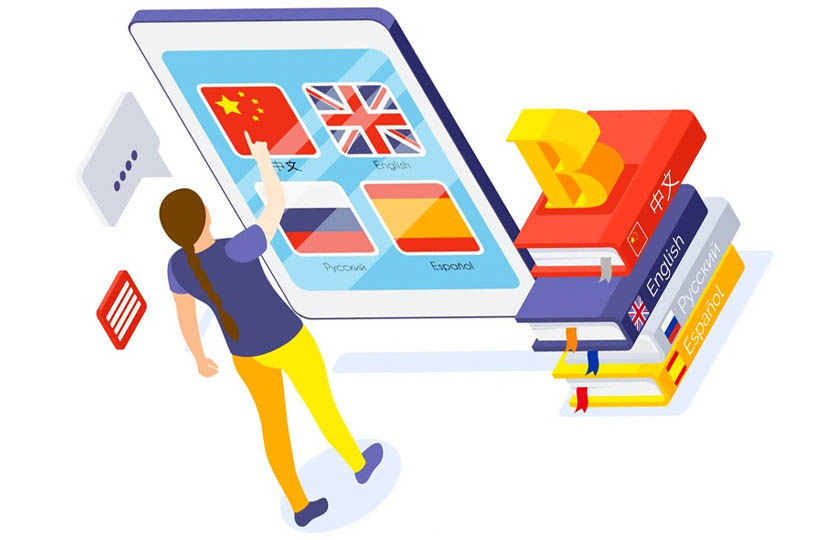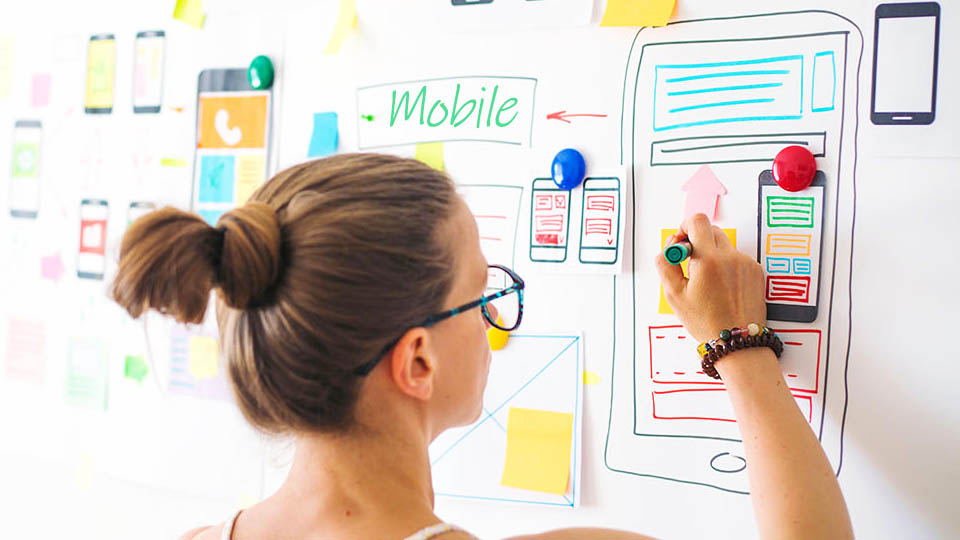
Imagine you just released a mobile app whose target audience is the Chinese but you start getting viewers and positive reviews from the United States. Two things should come to your mind – localization and translation. Bringing on board a mobile app localization service provider immediately will help adapt your app to different languages.
Getting it right after app localization and translation isn’t as easy as many purport. But having been offering mobile app localization service for more than a decade, we’re here to share practical tips that should always be in your mind when localizing and translating a mobile app.
Without going into deep details, here are the best tips for app localization and translation.

1. Target Translating the App into Languages with the Most Likely Users
While taking into account your potential customer’s specific target region, you should also consider the number of language users likely to interact with the app. Currently, Mandarin Chinese, English, Hindi, and Spanish have the highest number of language users. Remember 76% of consumers are likely to buy products with information written in their native language.
The majority of the spoken languages have many dialects. Your app is likely to receive lots of downloads if your localization and translation targets the main language like Mandarin as opposed to any of its 93 dialects.
2. Consider Customer Buying Behaviour in the Target Market
Before developing your app, investing in research to understand user patterns will help adapt the app to customer buying behavior. By considering our app’s user buying behavior, you’ll be creating a personalized experience. When localizing and translating your mobile app, the secret to increasing downloads is creating a personalized experience for every user.
Consumer buying behavior is influenced by factors such as culture, personal factors social status, and psychological factors which are embodied in a language. Therefore, considering customer buying behavior in your target market will lead to a localized app that individualizes users’ experience.
3. Have in Mind the Culture of the people
In localization and translation, culture determines which words, symbols, and emojis to use. Cultural diversity is the supreme factor in every translation process as it influences the exact message conveyed in a language context. This demands you source a mobile app localization service provider with native language speakers with cultural knowledge of the targeted app users.
When evaluating the targeted user’s culture, consider these cultural elements: religious elements, moral values, myths, and cultural norms. People's local customs and traditions are better expressed in a language. Misunderstanding people's cultures ultimately leads to wrong translations.
4. Comply With The Country’s Rules and Regulations
Privacy laws, Disclaimers, Copyright notices, and labeling requirements differ from one country to another. It’s good to have a full understanding of the rules and regulations governing localization and translation within the user’s region, State, or country.
For example, when localizing and translating an app whose targeted users reside in the US, your digital content has to be Section 508 compliant.
5. Consider designing the App Structure to Suit Different Text Format After Translation
Translating mobile app content changes the text’s format, spacing, and character format. It’ll be prudent if you test the app’s user interface with different language texts. Your mobile app’s user interface can become unusable once translated from English to Chinese or German language as some words will be truncated.
Localizing and translating an app whose content is written from left to right to another language written from right to left will entirely change the format of the app. Have an aforethought of your app’s interface after it’s adapted to suit users in other geographic.
6. Don’t Forget To Create Room For App Testing
Translation mistakes are obvious especially when an app is adapted to a region characterized by different cultures. Allowing app localization and translation testers to verify every detail is the only sure way of ensuring all details are translated and adapted accurately.
The best time to test your localized app is just before launching the app to the target users in a foreign region. Mobile app localization testing is time-consuming and therefore humble time is mandatory to achieve that’s linguistically and culturally relevant across diverse cultures.
7. Choose a Professional and Qualified Mobile App Localization Service Provider
Your success in app localization and translation is determined by the professionalism and expertise of the mobile app localization service you outsource. And it’s not difficult to spot a localization service provider capable of adapting your app to the target user's culture, beliefs, and linguistics.
To choose the best localization and translation service provider select a company with experience, native translators, experts in your specific field, a company you can ascertain its reputation, and a company with a well-established workflow and quality assurance system.
Conclusion
The success of your localized app will based on the precautions you undertake before releasing it to the target audience. If you take into consideration all the tips explained above, your mobile app will be adapted accurately.
 Motorola Moto G3
Motorola Moto G3  LG K8
LG K8  Asus Zenfone 2 Laser
Asus Zenfone 2 Laser  Samsung Galaxy A15
Samsung Galaxy A15  Samsung Galaxy Pocket S5301
Samsung Galaxy Pocket S5301 Asus Zenfone 5
Asus Zenfone 5 

